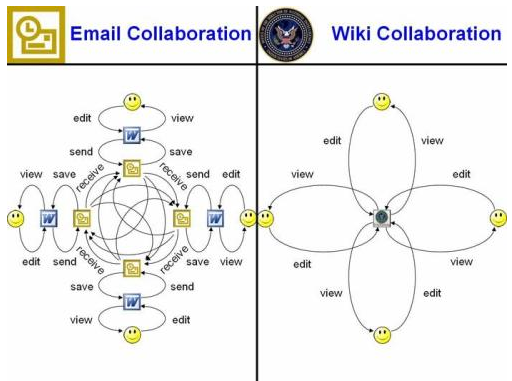A couple of weeks ago I posted a blog entry about Gary Hall’s book Digitize This Book! I noted that I couldn’t find a digitized copy of the book and asked if others knew of one. To my surprise Gary wrote me back and pointed to the items listed below. Now that is the Internet at work! He is trying to get the publisher to allow a digital copy to be posted online, but in the meantime pointed out online versions of what became chapters in the book:
(2003) ‘Digitise This’, Mediactive, Vol. 1, No. 1 (pp. 76-90); republished in (2004), The Review of Education, Pedagogy and Cultural Studies, Vol. 26, No. 1, January-March (pp. 23-46) at http://scm-rime.tees.ac.uk/VLE/DATA/CSEARCH/MODULES/CS/2006/03/0147/_.doc (MS Word Document)
(2007) ‘IT, Again: or, How to Build an Ethical Virtual Institution’, in Experimenting: Essays With Samuel Weber, edited by Gary Hall and Simon Morgan Wortham (Fordham University Press: New York) (pp.116-140) at http://scm-rime.tees.ac.uk/VLE/DATA/CSEARCH/MODULES/CS/2008/01/0740/_.doc (MS Word Document)
Gary Hall says that “Since the book came out I’ve also published a new piece on open access publishing and the humanities” at http://www.culturemachine.net/index.php/cm/issue/current. A video of him presenting it as a talk is available at Pirate Philosophy – Steal This! .
I take back any irony in my previous post. (Can one take back irony? Perhaps I can only apologize for being ironic to early.)


